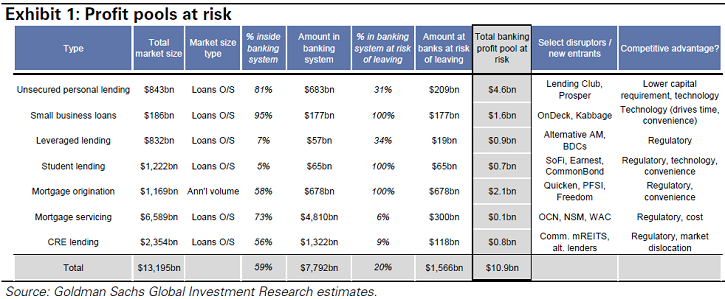![]() P2P lending marketplace Prosper today informed investors via email, that it will close down the secondary market, effective October 27th. Prosper does not operate the secondary market itself, but uses FolioFn, operated and maintained by FOLIOfn Investments, Inc., a registered broker-dealer.
P2P lending marketplace Prosper today informed investors via email, that it will close down the secondary market, effective October 27th. Prosper does not operate the secondary market itself, but uses FolioFn, operated and maintained by FOLIOfn Investments, Inc., a registered broker-dealer.
The announcement email reads:
A Message from Prosper and Folio Investing
Dear …,
We are writing to let you know that as of October 27, 2016, Prosper will no longer offer the Folio Investing Note Trader platform, the secondary market for Prosper Notes. Prosper has found over time that very few investors are using the secondary market and, as such, has made the decision to no longer offer this service. We apologize for any inconvenience that this causes. Prosper remains committed to its retail investor clients and to providing them a great experience.
Here’s what this means for you: The secondary market trading service will be available as normal until end of day (5:30 pm PST) October 19, 2016. After that time, any new orders to list Notes for sale will not have sufficient time to be completed and processed before the site becomes unavailable to users at the end of day (5:30 pm PST) on October 27, 2016.
Once the secondary market trading service is terminated, you will not be able to sell Notes that you own, and you will need to hold them to maturity.
If you have questions about your Notes or the wind-down of the Folio Investing Note Trader platform, please contact Prosper customer service at 877-611-8797.
Thank you.
Prosper and Folio Investing
Prosper has not disclosed usage numbers of the secondary market in the past, but volume traded is perceived to be low and this is also stated in the email. One speculation is that Prosper decided to close the secondary market to cut costs.
My feeling is that this will deliver a blow to the attractiveness of the Prosper marketplace for retail investors. Even if many investors have choosen not to use the marketplace (which several report does not have a very good user interface) the fact that there is a marketplace delivered some assurance that they could exit at least a larger portion of their portfolios should the need for liquidity arise. Also a one month notice seems to me rather short, given that loans can run up to 60 months and with the changed perception the prices could sink (lower markups, higher discounts) in the remaining month of trading as the number of investors wishing to use this last chance to sell will rise in my view, while the number of investors buying will at best stay stable. Continue reading

